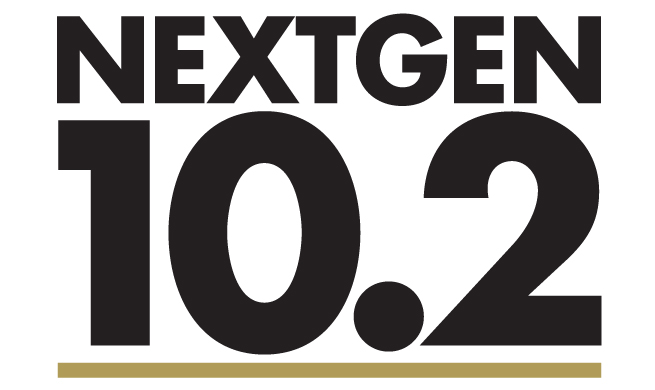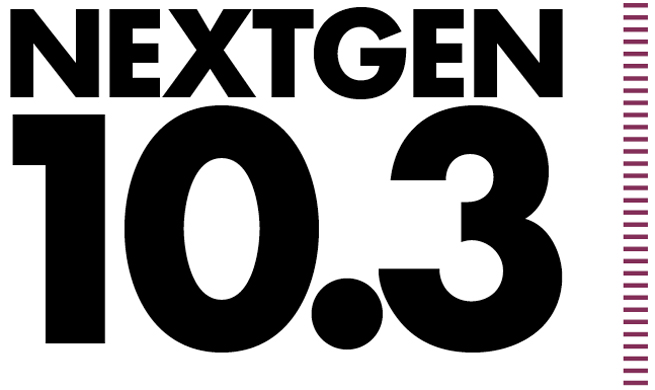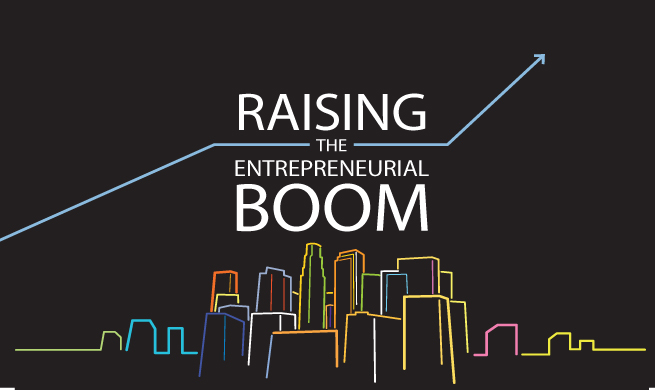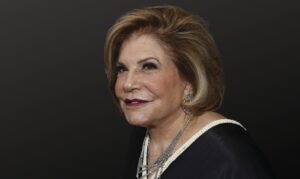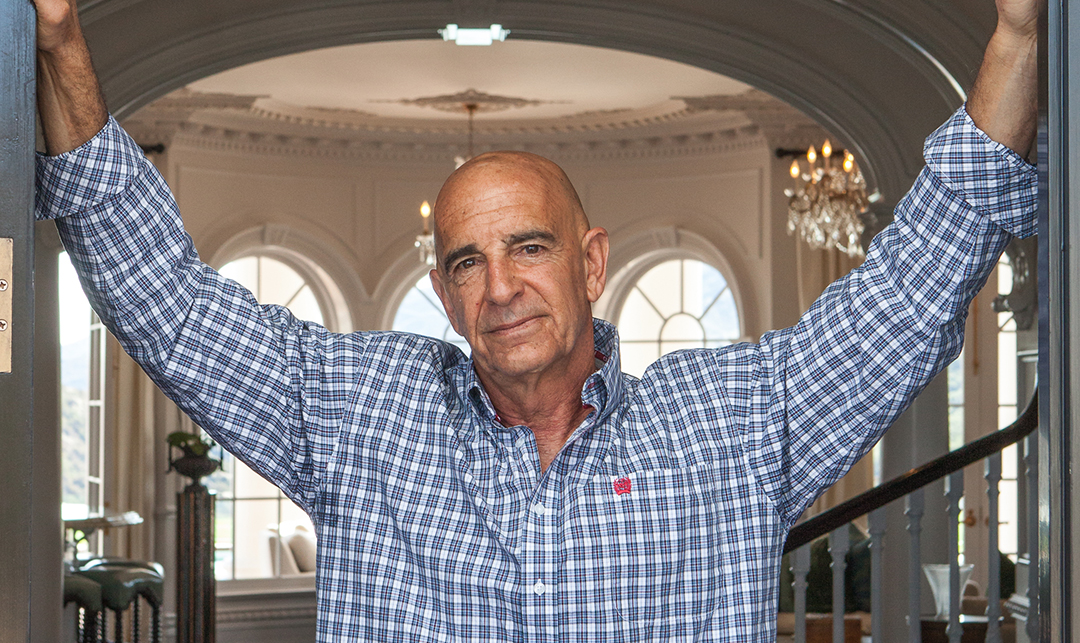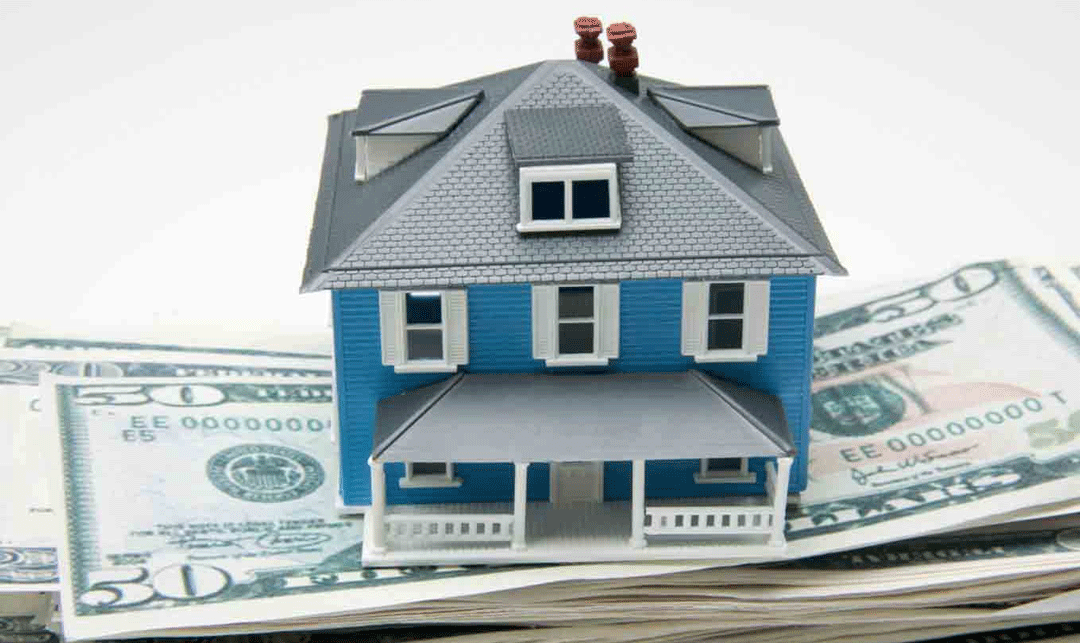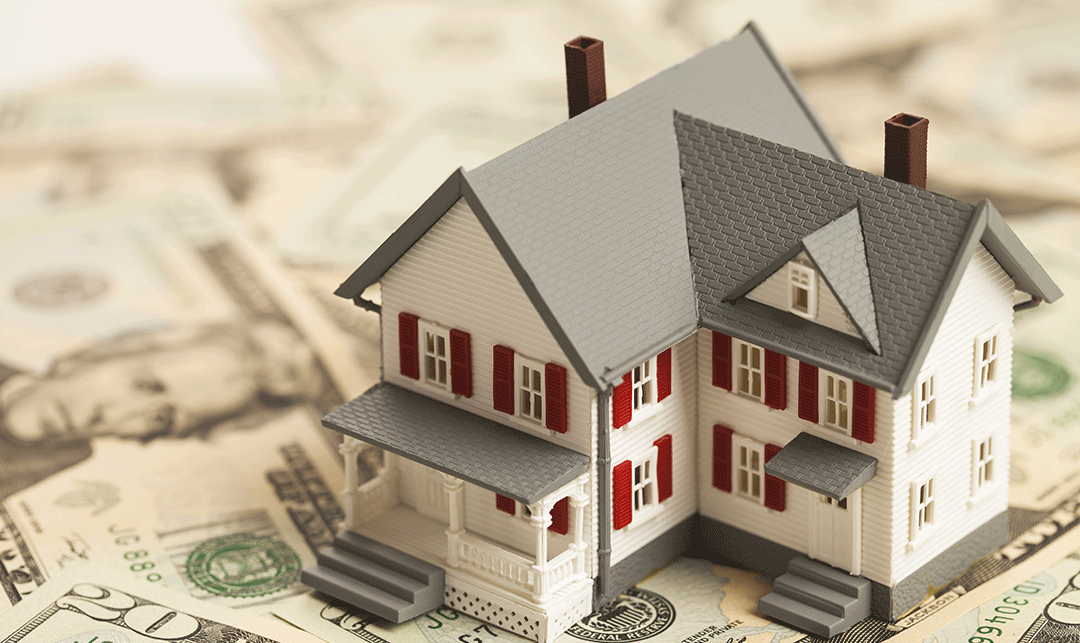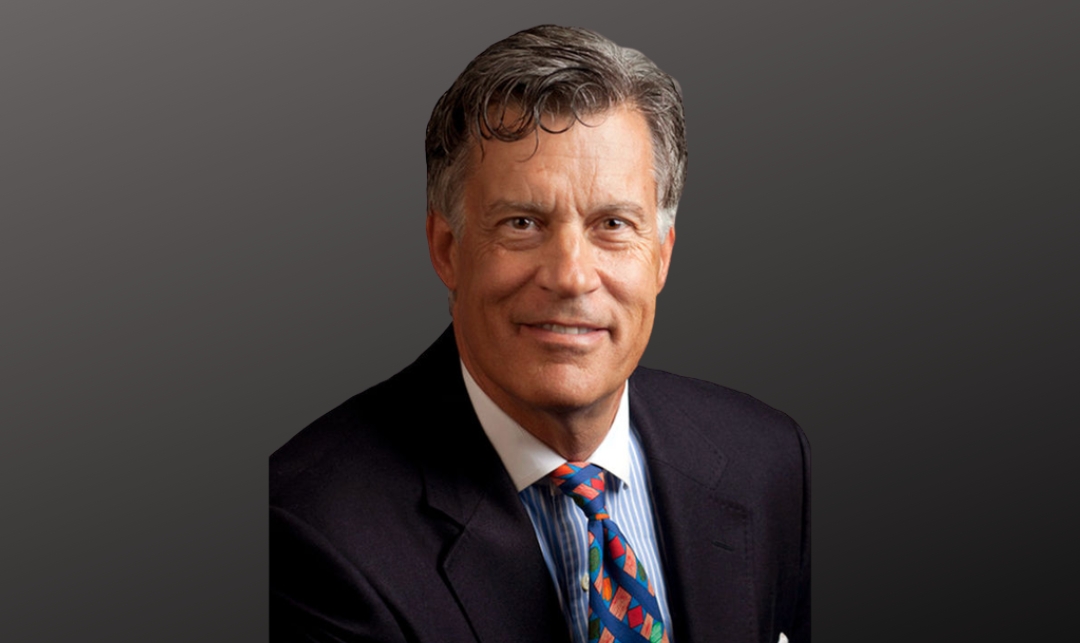As Los Angeles continues its ambitious rebuild in neighborhoods affected by the 2025 wildfires, one critical challenge remains: ensuring homeowners, developers, and lenders are properly protected during the construction process. I sat down with Greg Econn, chair of the insurance board at Steadfast LA and executive vice chairman of Venbrook Insurance Services, to discuss the latest on builder’s risk insurance, homeowner engagement, and environmental compliance—essential insights for anyone navigating the complexities of rebuilding.
Greg Econn has five decades of experience in insurance broking and is renowned for his industry knowledge in all facets of real estate coverage and construction insurance. He created and leads the Venbrook Real Estate Practice, focusing on product innovation, market agility, customer service, and strategic partnerships. As a recognized leader in the real estate and construction insurance space, Econn provides highly innovative products and services to property owners, developers, and contractors. He has created a manuscript for a real estate property program for residential and commercial real estate and was an adjunct professor for over 30 years at the UCLA extension program on all aspects of real estate and construction insurance, including bonding.
Michelle Edgar (ME): Why is builder’s risk insurance so important for these rebuilds?
Greg Econn (GE): Builder’s risk insurance is mandatory for anyone using a construction loan to finance a new build or rebuild. The policy protects against risks during construction—including wildfires, water damage, theft—before a homeowner’s standard insurance takes over. Without it, both homeowners and banks face palpable exposures.
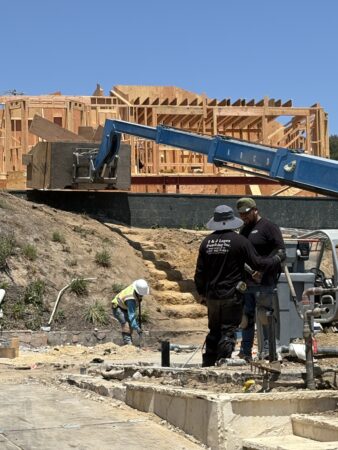
A look at a build site in Los Angeles, CA
ME: Can you give an example of how this plays out?
GE: Absolutely. Imagine a homeowner with a $2 million loan on a property where the land is valued at $3 million. If their house is lost and they start rebuilding without builder’s risk insurance, they are taking a serious and unnecessary risk. This not only leaves the homeowner economically vulnerable but also jeopardizes the bank collateral.
ME: How about the policies on the market—are they sufficient?
GE: That’s a key point and a complicated answer. Policies vary widely both in terms of price and coverage. Cheaper options may exclude wildfire, flood, water damage, and theft during construction. For instance, we have heard unsubstantiated rumors that there are policies priced at .41–.42 per thousand annually—but they exclude or sub-limit some or all of these critical coverages. That’s why homeowners and developers must review policy terms, not just price—you get what you pay for.
ME: Who else is involved in this rebuild effort?
GE: Several builders and developers are developing large-scale projects. For example, a consortium is working on 600 homes, with general contractors offering costs around $500 per square foot, depending on scale. In the Palisades, 53 homes are under reconstruction, though only 15 have confirmed builder’s risk insurance. Developers like PacQuest and organizations like Builders Alliance, Samara, and Genesis are key players.
ME: Beyond insurance, what other strategies are being implemented?
GE: An owner-controlled insurance program is being developed to cover liability for all parties, including a 10-year construction defect component after project completion. Additionally, mitigation strategies—like satellite monitoring, fire-resistant materials, and private firefighters—are being considered. We’re also exploring long-term homeowner insurance products to protect all parties post-rebuild.
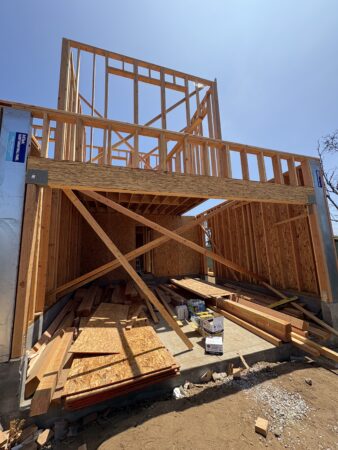
A home under construction
ME: Environmental compliance is another concern. What’s the status there?
GE: Environmental soil testing is mandatory under state, city, and county guidelines. Banks rely on these standards, and contamination coverage is typically not included in homeowner policies. In some cases, a pollution policy may be required even if FEMA handled the debris removal. Legal teams are reviewing internal protocols to ensure compliance.
ME: Any urgent risks that homeowners should be aware of?
GE: Yes. First, many homeowners haven’t yet secured builder’s risk insurance. Second, low-cost policies may leave homeowners exposed to major hazards. And finally, the launch timeline for our AI-driven insurance platform isn’t finalized yet, which could affect the availability of coverage for some homeowners.
ME: What’s the most important takeaway for homeowners and developers navigating this rebuild?
GE: Don’t assume past insurance coverage is enough. Review terms carefully, secure builder’s risk insurance early, and stay engaged with your developer or bank. This is about protecting your home, your investment, and the broader community during a critical rebuild phase.
KEY TAKEAWAYS FOR HOMEOWNERS:
-
- Builder’s risk insurance is mandatory for construction loans and must be secured before construction begins.
- Policies vary—cheaper is not always better; review exclusions carefully (wildfire, flood, rain).
- AI-driven solutions are in development to simplify insurance acquisition, but availability may take time.
- Engage with your bank, developer, or consultants to ensure coverage is in place.
- Environmental compliance and soil testing are essential; homeowner policies usually do not cover contamination.
As a visionary executive, legal strategist, and cultural architect, Michelle Edgar has a proven track record leading at the intersection of entertainment, sports, media, and government. With experience spanning powerhouse companies like ICM Partners, SpringHill, Epic Records, and Warner Bros., she has shaped the careers of top talent and launched mission-driven ventures that redefine brand and cultural impact.





